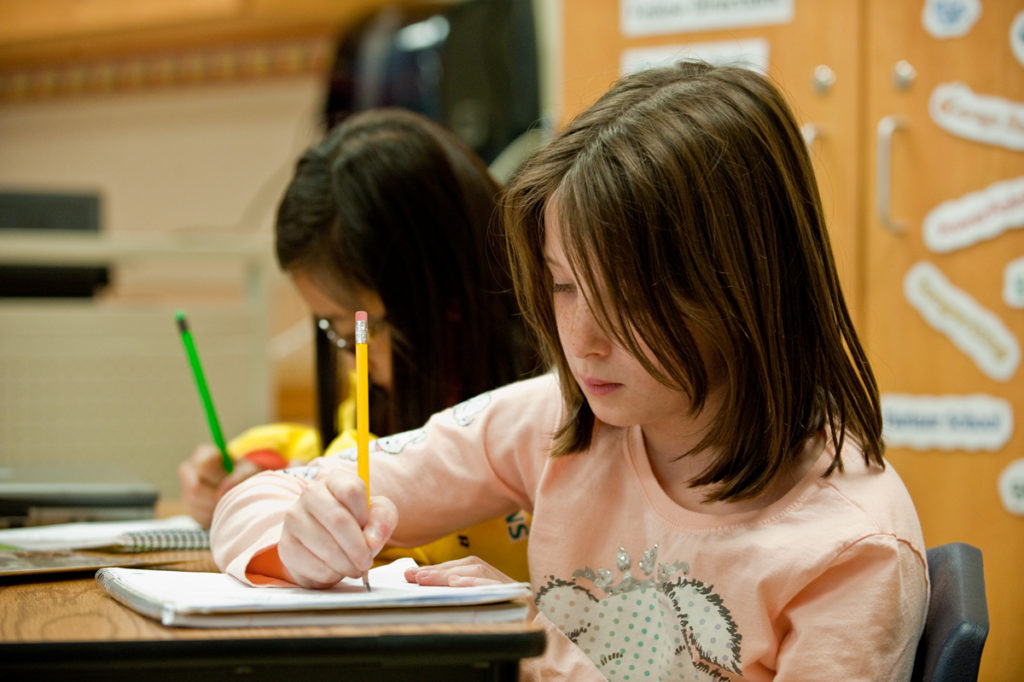
Not long ago, my second grade classes started pen pal projects. These weren’t your usual pen pal ventures where children write to students in another state or country. These had a twist.
In our Pen Pal Notebook project, the students write a letter every Friday to an adult at home: mom, dad, stepparent, guardian, big brother or sister, grandparent, aunt, uncle, you name it. In a special notebook, they write about something they did at school that week (“We are learning about graphs. We graphed our birthdays” or “We practiced our play. I am the narrator. I got to talk at the mic.”) and then bring the notebooks home. Over the weekend, the adult writes a letter back to their student in the notebook (I paste a letter in each notebook telling the adult what to do), and the child brings the notebook back to school. The following Friday the process starts all over again.
This idea, which I got from the Responsive Classroom book Parents and Teachers Working Together, not only gives children the invaluable language arts practice that all pen pal programs give, but it helps bridge what’s happening at home and at school. Families find out what their children are doing in school, and, because the adults’ letters often mention tidbits of family life and the children often share these letters, the children get to know each other more. I myself also gain a fuller picture of each student, which enables me to teach them more effectively.
Like all classroom projects, this one needs to be carefully introduced and supported. I begin building excitement and a common vocabulary by reading aloud a few children’s books that involve letter writing, including Dear Annie by Judith Caseley, a story of a grandfather and granddaughter who exchange letters, and Dear Mr. Blueberry by Simon James, a funny story of a series of letters between a teacher and his misguided student. Additionally, I show the class some real letters and notes that I’ve received from former students over the years.
Next I teach an interactive lesson on writing a friendly letter. We choose an adult in the school to write to. This letter will eventually turn into an anchor chart that the students can use for the remainder of the year. I label all the parts of a friendly letter on this piece of writing and hang it in the classroom.
During the first months of school I use Morning Meeting to support the children’s letter writing. On Fridays, the interactive part of my morning message serves as a spot for students to write ideas of things we did during the week. As we read the message together during the meeting, we discuss all the things everyone wrote, and I add more ideas. During our writing time, when the students write their letters, they have the message to jog ideas of things to write about, and the anchor chart to help with the format of their letter.
Our Pen Pal Notebooks give me an opportunity to observe the children’s writing, spelling, and grammar skills progressing during our year together. They give adults at home an opportunity to create a special bond with the student as they write back and forth about things they are proud of, hoping for, sad about, and dreaming of during the year. And by the time school ends in June, every child has a special notebook filled with memories of all our hard work over the course of year.
Andrea Campbell is a Responsive Classroom Consulting Teacher for the Bedford School District, in Bedford, NH. She has been teaching for 12 years in the primary grades and is currently a 2nd grade teacher.